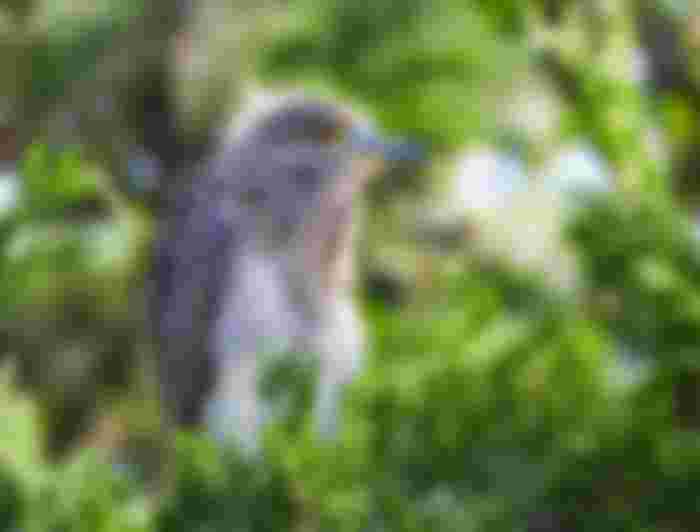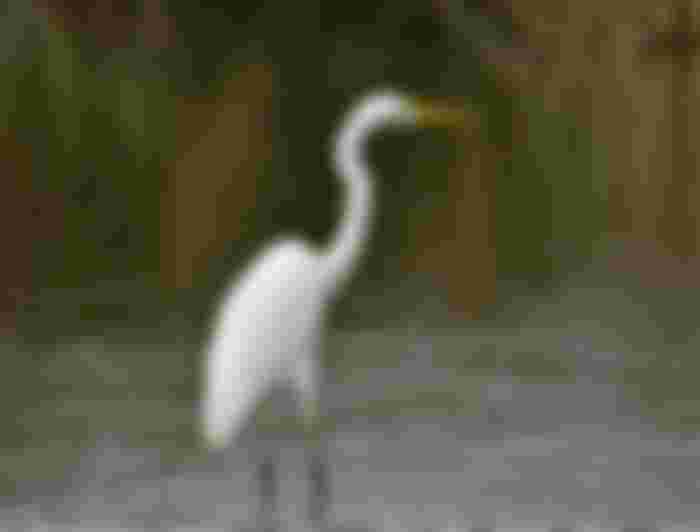Bird migration is defined as the trips that birds make for several reasons, including the high rate of metabolism and the search for supplies of food, and the phenomenon of migration does not prevail throughout the year and in a specific area, but birds have developed an effective means of migration quickly and over long distances with the ability to economize large energy.
Characteristics of migratory birds
The characteristics of migratory birds differ from the characteristics of non-migratory birds, as there are many similar species between the two groups, and all transitional forms can appear in one species and in one community, which is called the community that is subject to partial migration, and in addition to regular migration, some nomadic journeys occur Also among birds.

For example, some ducks and barracks that are found in arid regions of Australia move to intermittent and unexpected rainy areas to reproduce and then move to other areas again, and nomadic life is known as a response to irregular environmental conditions.
Migrating Birds
Known birds migrating as those birds that move from one place to another at regular times, and travel long distances in most cases, migration is the periodic travel of birds, so back in the end to their native habitat, and often this annual migration, owns migratory birds The most efficient way to travel quickly over long distances, and it adapts to the environment in a different way when it migrates, so that it has fat stores as a source of energy for long-distance trips, and it often has longer wings and more pointed and has less weight compared to non-migratory birds.

Causes of bird migration
The food :
Searching for food is one of the most important reasons that push birds to migrate from one place to another, so if all birds remain in the same tropical areas, food will decrease, and reproduction will decrease as a result, so millions of birds migrate with the renewal of food every spring to those areas to take advantage of the availability of water there. However, when food quantities decrease in the fall, these birds return to their original habitat, and this pattern of migration applies to both migratory birds over short distances and long distances.
Predators :
Many environments where food sources are abundant are attractive to different types of predators that may threaten bird nests, so birds migrate to places that predators cannot reach, such as steep coastal cliffs, or rocky islands far from shore; To protect their young.

The climate :
Many birds migrate from the breeding areas in the Arctic when temperatures begin to drop to search for a more moderate environment to survive, and likewise, very hot tropical regions can form harsh environments for raising young birds, so birds migrate to lay eggs in northern regions the coldest.
The disease :
A group of birds that live in a particular place is exposed to parasites and diseases that threaten their lives, but the birds that disperse in different locations have less chance to spread the disease among their members, so they migrate from one place to another.

Bird navigation
When migrating birds use different factors that help them direct themselves, including climate changes, such as the difference in temperature and humidity of air masses, in addition to topographic features, such as valleys, mountains, rivers, and coasts, and birds can fly in a constant direction, regardless of the location of the point. The starting point, depending on its destination, and it was also found that birds can connect between the starting point and their habitat, so they determine the appropriate path for migration and then adhere to this path. Daytime, and stars through the night.

Bird migration path
About half of the bird species in the world migrate, and among this large number, birds take various paths during migration in the western hemisphere, and some birds take long-term, varying and wide paths, where some trips can reach approximately 70,811.4 kilometers, i.e. The equivalent of two trips around the world, while some other birds migrate in much shorter paths, where some birds migrate on foot, covering many thousands of miles and moving back and forth between continents.
Information on migratory birds
Among the facts that can be learned about migratory birds include:
Migration peaks in the spring and fall seasons, when birds migrate on all days of the year.
The actual dates of the migration time depend on many factors such as the type of bird, the total distance of migration, the speed of travel, the route, and the climate.
A single bird in its one-way migration can take a few weeks to four months, depending on the total distance, flight speed, route, and stop.
Falcons and waterfowl migrate primarily during the day, while songbirds migrate at night to avoid migratory predatory animals and birds such as birds of prey.
Migratory birds use the stars and the sun for navigation, as well as infer their paths from wind patterns, terrain, and more.

Types of migratory birds
Houbara bustard
Houbara habitat: This type is considered the most widespread and diverse; There is the Arab Houbara, which is considered the most common in the world, and in general Houbara is spread in different parts of the world. Its habitat extends from the Atlantic Ocean in the west in the Canary Islands to North Africa such as Morocco, Algeria, Egypt, Mauritania, and the Sinai of Egypt, then to Palestine and the Arabian Peninsula, to southern Iran, Afghanistan, and Pakistan, and the east of Mongolia.

Migration of bustards: Before talking about the migration of this species, we will mention some of the Houbara species residing in its habitat: Due to the availability of food and moderate rain, the migration of Houbara bustards begins from Central Asia; Where the migration season begins in the outward journey during the autumn season, i.e. late August and early November, and the return trip is during the spring season, i.e. from early March to May, when they migrate from mid-Asia and heading to western India, Pakistan and sometimes to southern Iran, and may go to eastern Egypt and Sudan, and the movement of birds continues to attract the interest of researchers and bird enthusiasts. Because of the enigmatic bird migration lines.

Crane
His home: The crane is a large bird, which is distinguished by its long, straight beak, and the crane is found in fifteen species; There is a crested crane that is found in Africa, a gray crane that breeds in northern Europe and Asia, saros crane in southern Asia, Australian crane in Australia, and in North America, there are only two species.

I deserted him: Cranes migrate in the form of the lines system, sometimes in the form of the letter V, and other times in the form of the number 8, and their migration is natural; That is, they migrate from the north of the globe during the autumn season, and return in the spring to their home, where food is renewed again.

Other types of migratory birds
Among the birds that migrate on seasonal trips are the catbirds, the spring geese, the quail, the waders, the duckweed, the moonwalk, the yolk, the falcons, the flamingo (ducks), the waffle, and the winter geese.










Very nice and staright forwad